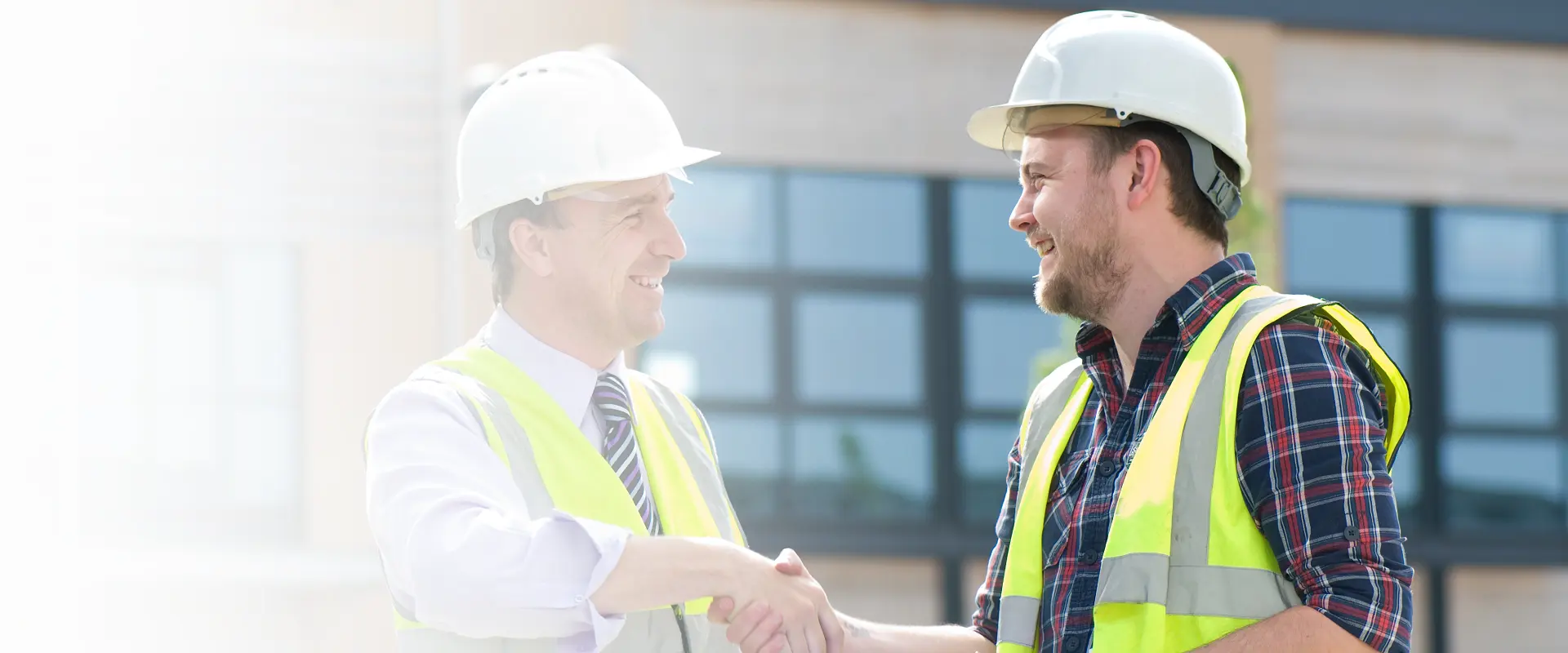Introduction to Building Cost Estimating
Welcome to the world of construction cost estimating! Whether you’re a seasoned contractor or a newbie in the industry, understanding how to accurately estimate building costs is crucial for the success of any project. In this blog post, we will unlock the mysteries behind building cost estimating, diving into different types of costs, factors affecting estimates, methods old and new, common pitfalls to avoid, and valuable tips to streamline your estimating process. Get ready to sharpen your skills and boost your project’s bottom line with our comprehensive guide on Building Cost Estimating.
Types of Costs Involved in Construction Projects
When it comes to construction projects, there are various types of costs that need to be considered for accurate estimating. One major cost is the direct costs, which include labor, materials, and equipment expenses directly related to the project. These costs are typically easier to estimate as they are specific and tangible.
Indirect costs are another important factor in construction cost estimation. These include overhead expenses such as insurance, permits, utilities, and administrative fees that are necessary but not directly tied to a specific task or material.
Furthermore, there are also soft costs involved in construction projects like design fees, legal expenses, financing charges, and marketing fees. These costs can vary significantly depending on the complexity and scope of the project.
Understanding these different types of costs is crucial for accurate budgeting and forecasting in construction projects. By breaking down each category carefully during the estimating process ensures better financial planning throughout the project lifecycle.
Factors That Affect Building Cost Estimates
When it comes to building cost estimates, several factors play a crucial role in determining the final budget of a construction project. One key factor is the location of the project site; different regions have varying labor costs, material prices, and regulations that can significantly impact overall expenses.
The size and complexity of the project also influence cost estimates. Larger or more intricate buildings typically require more resources and manpower, leading to higher construction costs. Moreover, the quality of materials chosen for the project can affect pricing – premium materials come with a heftier price tag compared to standard options.
Additionally, market conditions such as supply and demand dynamics within the construction industry can cause fluctuations in material costs and labor rates. Economic factors like inflation rates and interest rates can further impact building cost estimates by affecting borrowing costs for financing projects.
Unforeseen circumstances like changes in design plans or unexpected delays during construction can lead to additional expenses that were not initially factored into the estimate. It’s essential for estimators to consider these variables carefully to ensure accurate budgeting for construction projects.
Traditional Methods of Cost Estimation vs. Technology-Based Methods
When it comes to estimating building costs, traditional methods have long been the go-to approach for many in the construction industry. These methods often rely on historical data, past projects, and expert judgment to come up with estimates. While these techniques can be effective, they are not always the most accurate or efficient.
On the other hand, technology-based methods of cost estimation have been revolutionizing the way we approach this crucial aspect of construction projects. Utilizing advanced software and tools, such as Building Information Modeling (BIM) and cloud-based estimating platforms, technology-based methods offer increased precision and speed in generating estimates.
By leveraging technology, project managers and estimators can access real-time data, collaborate more effectively with stakeholders, and streamline the entire estimating process. This results in more reliable estimates that help avoid costly surprises down the line.
Common Mistakes to Avoid in Building Cost Estimates
When it comes to building cost estimates, avoiding common mistakes is crucial to the success of a construction project. One major mistake is underestimating costs by not accounting for all necessary materials and labor. This can lead to budget overruns and delays in completion.
Another mistake to avoid is relying too heavily on historical data without considering current market conditions. Prices fluctuate, so it’s important to stay updated on industry trends and pricing changes. Additionally, overlooking hidden or unforeseen expenses like permit fees or site preparation costs can throw off your initial estimate.
Failing to account for potential risks such as weather delays or supply chain disruptions can also impact cost estimates significantly. It’s essential to incorporate contingency plans into your budget to cushion against unexpected events that may arise during the construction process.
Inaccurate measurements or calculations can result in inaccurate cost estimates, leading to financial setbacks down the line. Double-checking all figures and ensuring accuracy is key when preparing cost estimates for a building project.
Tips for Accurate and Efficient Building Cost Estimating
When it comes to accurate and efficient building cost estimating, there are several tips that can help streamline the process.
Make sure to gather detailed information about the project requirements and specifications. The more data you have upfront, the more accurate your estimates will be.
Utilize technology and software tools designed for cost estimation to save time and reduce errors. These tools can provide real-time pricing information and automate calculations.
Consider all potential costs involved in a construction project, including materials, labor, equipment rental, permits, and overhead expenses.
Regularly review and update your estimates as the project progresses to account for any changes or unexpected costs that may arise.
Always double-check your calculations and seek input from other professionals in the field to validate your estimates before finalizing them.
Conclusion: The Importance of Accurate Cost Estimation in Construction Projects
Accurate cost estimation is the cornerstone of successful construction projects. It lays the foundation for proper budgeting, resource allocation, and project planning. By understanding the types of costs involved, factors that affect estimates, and utilizing modern technology-based methods effectively, construction professionals can unlock the potential to streamline processes and improve project outcomes.
Avoiding common mistakes in estimating and following tips for accuracy can lead to better decision-making throughout a project’s lifecycle. Whether it’s a small renovation or a large-scale development, having precise cost estimates helps mitigate risks, enhances transparency with stakeholders, and ultimately contributes to delivering projects on time and within budget.
In an industry where every dollar counts, mastering building cost estimating is not just about numbers; it’s about empowering teams with insights that drive efficiency and profitability. So next time you embark on a new construction venture, remember: accurate cost estimation isn’t just a piece of the puzzle – it’s the key to unlocking success in your projects.






